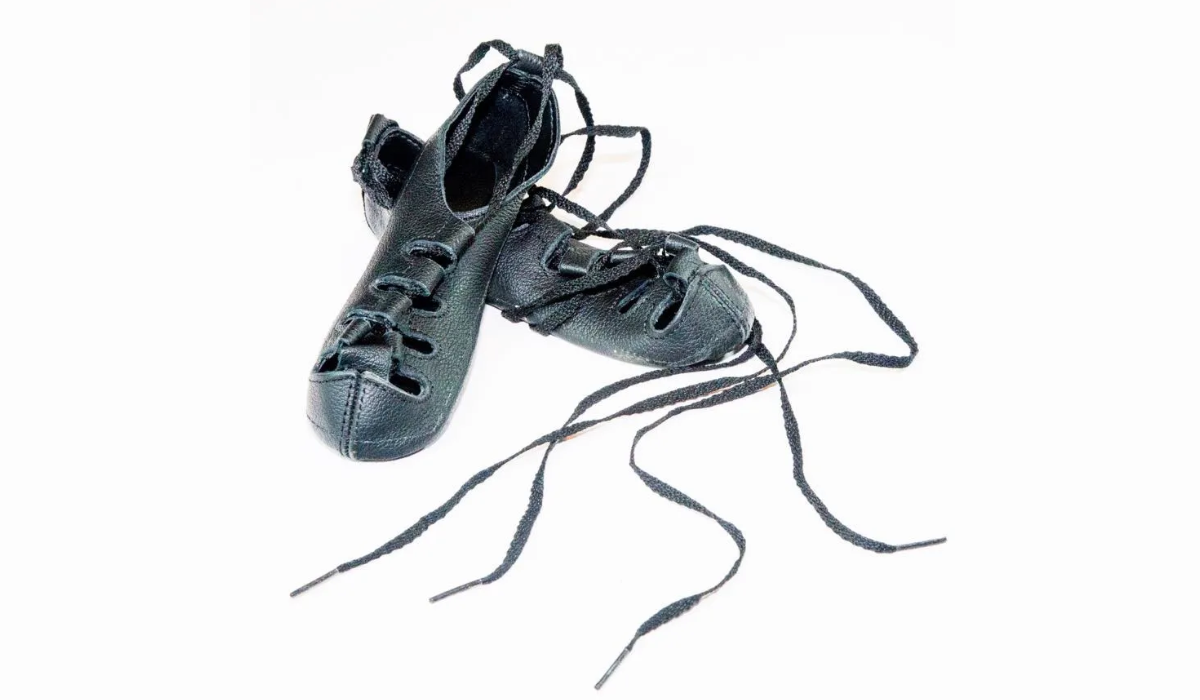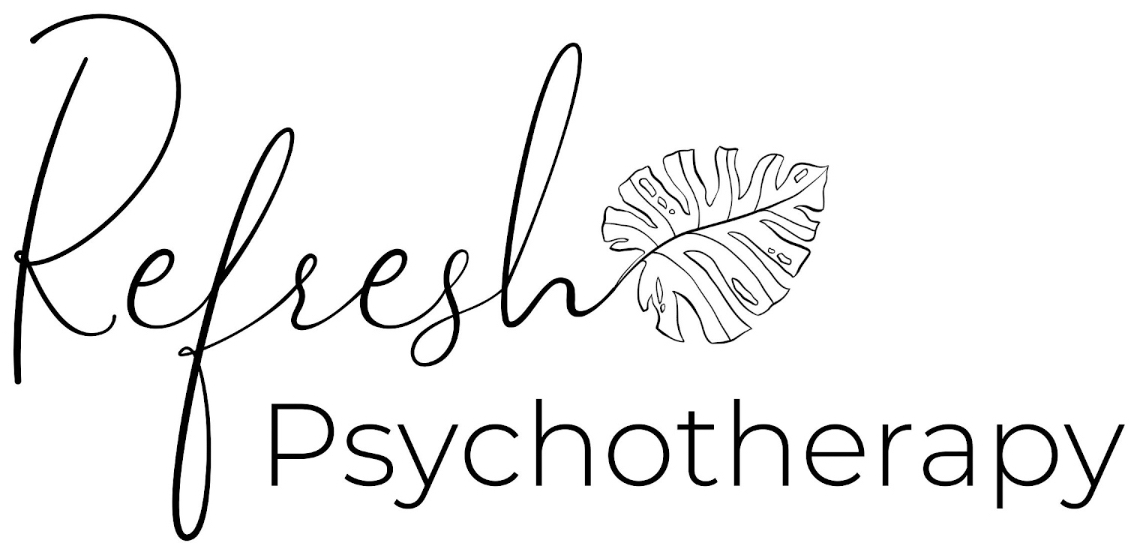
What Irish Dance – and Beyoncé – Taught Me About Mental Health
While scrolling through Instagram recently, I came across a pair of Irish dancers my son and I often enjoy watching together. To my surprise, I learned they’re currently touring with Beyoncé. Yes—Beyoncé. Something about that moment brought me straight back to my 13-year-old self: completely absorbed in Riverdance, dreaming of becoming a professional Irish dancer, and feeling inspired by the way Irish dance embraced other cultures. I was flooded with joy watching these dancers perform—living the kind of dream I once imagined for myself.
(For the record, that dream didn’t happen. I became a psychotherapist—and later, founded Refresh.)
But alongside that joy came something else. I also remembered the strain Irish dance placed on my mental health. I remembered teachers yelling at us, weighing dancers in front of the entire class and telling some how much they needed to lose before the Oireachtas. I remembered the guilt for not placing at a feis—or in my case, skipping one altogether because I had another commitment, and the criticism that followed.
So when my neurodivergent son showed interest in Irish dance at age three, I was careful about the environment I chose. Many schools turned him away because of his gender, age, or neurodivergence. I found a teacher who welcomed him exactly as he was—no yelling, no shame, no rigid expectations. Her school emphasizes joy, inclusion, and encouragement.
Morgan Bullock, star of Riverdance and Beyonce dancer, poses with my son at his Irish dance class.
That Instagram moment sparked more than nostalgia. It led me to reflect on what it means to process a dance history that, for many adults, is emotionally complicated. I work with high-achieving adults every day—people who, like me, often revisit childhood passions only to uncover both joy and injury.
So what does it mean to care for your mental health as an adult with a history in competitive dance?
What Irish Dance Can Teach Us About Mental Health
- Acknowledge what it took to survive that culture.
If you danced competitively as a child, you probably developed certain coping mechanisms to navigate high pressure, public evaluation, and perfectionism. Some of those habits might have helped you succeed—but they may no longer serve you today. It’s okay to outgrow them. - You’re allowed to grieve what dance took from you.
Grief doesn’t only come from loss—it comes from absence, too. If your dance years were full of shame, fear, or missed developmental support, you might feel anger or sadness. That doesn’t mean you didn’t love dancing. It means you’re honoring your full experience. - Joy doesn’t have to be tied to performance.
Many of us learned to associate joy with external validation—winning, impressing others, getting praise. Relearning what joy feels like without a scorecard is a powerful mental health practice, whether in dance or daily life. - The body remembers, even when you’ve moved on.
The stress of being told your body wasn’t “right” for dance doesn’t just go away because you aged out of competition. Adults who grew up in performance-based environments often continue to carry unspoken tension around their bodies, productivity, or worth. Therapy can help untangle that. - You can reclaim dance on your own terms.
Maybe that means going back to a class just for fun—or maybe it means never dancing again and finding peace with that decision. Either way, you get to redefine your relationship to dance now, free from the rules that shaped your past. - Excellence doesn’t have to cost you your well-being.
You can still be ambitious and have boundaries. Rest and limits don’t make you less serious—they make you sustainable. There’s no prize for burning out. - Visibility can be healing—but only when it’s on your terms.
Being seen for who you actually are—not the version others expect—can be profoundly liberating. But it has to feel safe. You’re allowed to choose what parts of yourself you show to the world, and when.
As adults, many of us carry childhood experiences that were both beautiful and bruising. Irish dance was one of those for me. Returning to it—even just as a spectator—has become an unexpected window into understanding myself more deeply.
If you’re beginning to reflect on the intensity of your own childhood passions—whether in dance, academics, athletics, or another performance-based environment—therapy can help you explore how those early structures shaped your current patterns.
Written by: Keeley Teemsma, LCSW, MA
